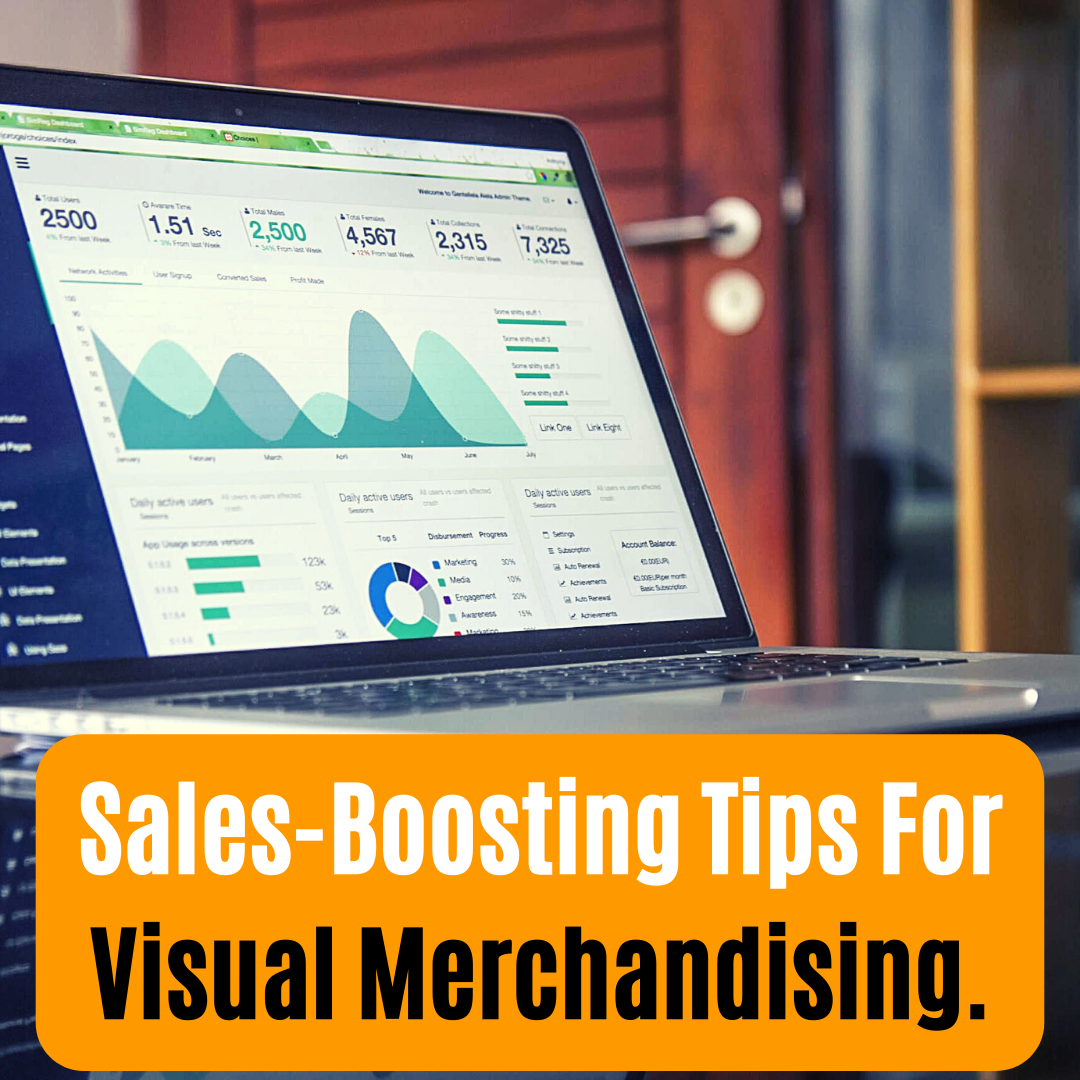Increased Sales Through Visual Merchandising.
Designing floor designs and displays to enhance sales and profitability is known as visual merchandising. Consider it like this: Your retail store's layout involves more than just square footage. It concerns numerous chances to make your company more profitable. Making visual merchandising effective for your store doesn't require any additional expertise or a fancy degree.
5 Practical Advice You Can Easily Use
1. For Clearly Defined Locations, Use Signs.
Customers can locate information about a part of a store and where to find it with the help of effective signage. People are far too frequently inadvertently urged to meander without being given quick-finding visual cues.This issue is promptly resolved by signage, which establishes clearly defined sections where products with comparable themes are gathered.
Consider the several departments or divisions at a store, such as those for camping, apparel, sports, appliances, hardware, etc. These regions are clearly defined, which helps customers quickly identify what they're looking for and brings order out of chaos. You need a clearly defined floor plan to help you comprehend the architecture of your store and how to correctly organise the components across its space. Your store's floor plan, even in its most basic version, won't give you nearly enough trustworthy information to enable you to make the best decisions. The easiest method to make sure that your decisions on visual merchandising are supported by reliable data is to have a 2D or 3D floor plan of your business developed.
2. Make Your Shop Bright.
Lighting is another essential visual-merchandising strategy since it makes displays, items, and spaces more visible to shoppers. It essentially functions as signage without typeface and aids in directing customers toward your merchandise. According to studies, a supermarket's basket sales rise when a dynamic lighting design is put in place. Additionally, shoppers spend more time in locations with warmer lighting as opposed to colder illumination.
3. Choose Focal Points.
Every exhibit should have a single main focal point where buyers' eyes naturally gravitate to. This also guarantees the minimalism of your displays because it prevents you from overcrowding them with items vying for clients' attention by keeping things straightforward. These are some instances of focal points:
• A beautiful dining room set in the middle of your store's furniture section. • High-end suitcases lighted by floor lights inside of a display case, in the luggage section.
• In the midst of your clothes store's preparation area, there are the newest button-down cardigan sweaters nicely arranged on risers.
4. Benefit From Hotspots.
Customers naturally focus their attention or traffic in your store in certain locations, which are known as hotspots. Examples would be: • Designer clothing placed quite close to the changing rooms in a store.
• Mannequins in storefront windows wearing the newest trends
• Items placed at the ends of aisles in supermarkets.
Place things you wish to sell rapidly near hotspots because they are known to increase sales.
